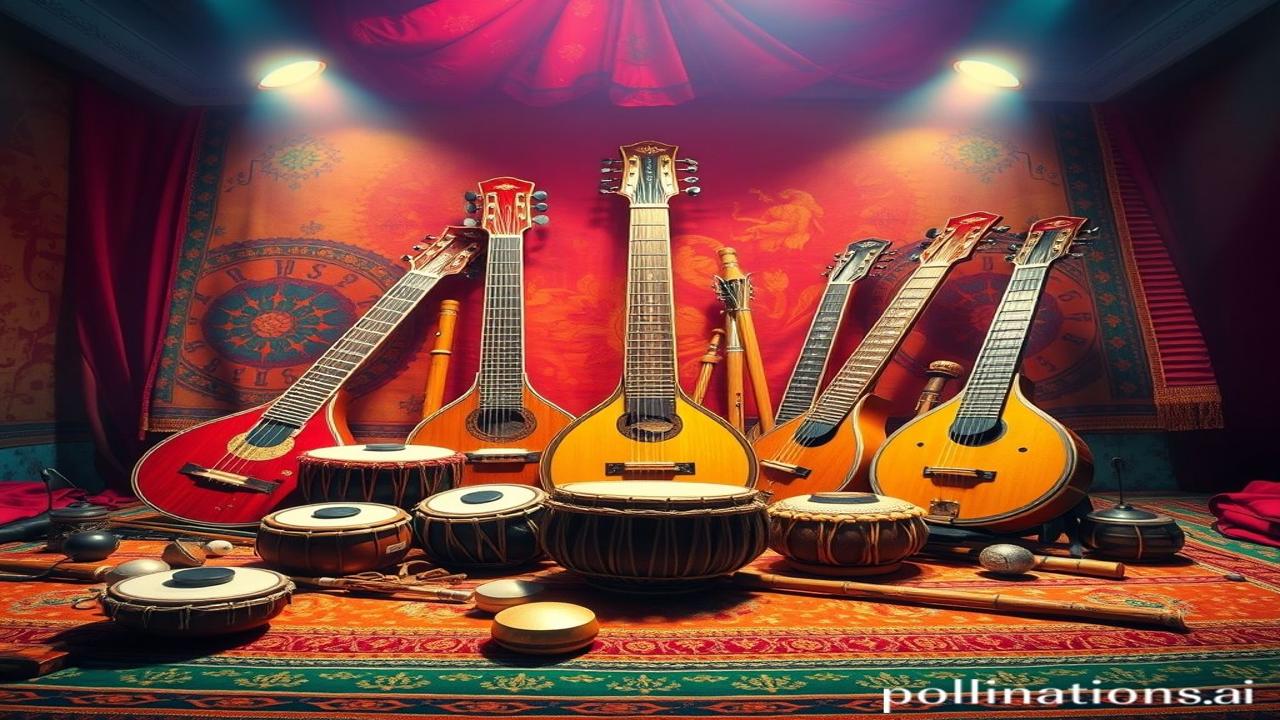Waqt Ki Dhool Mein Chhupi Ganit Ki Kahani: Vedic Bharat Aur Mathematics
Kabhi socha hai, jab internet nahi tha, calculators nahi the, toh Bharat ke rishi-muniyo ne aasmaan ki gehraaiyon se leke zameen ki napai tak, har cheez ko ganit se kaise samjha? Waqt ki dhool mein kuch kahaniyan chhup jaati hain, unhi mein se ek hai Vedic Bharat ki mathematics ki kahani – ek aisi kahani jo aaj bhi hamaari sanskriti aur pehchaan ka hissa hai.
Vedic Bharat: Ganit Ka Udgam Sthal
What is Vedic Bharat? Well, it’s not just about mantras and meditation! Vedic age, roughly spanning from 1500 BCE to 500 BCE, was a golden period for intellectual and spiritual exploration in Bharat. Ye wo samay tha jab Vedas likhe gaye, ek complex samaj banna shuru hua, aur ganit (mathematics) ne apni neev rakhi.
When and where did all this happen? This unfolded primarily in the regions of modern-day India, particularly along the Indus and Saraswati river valleys. The Vedic texts, like the Shulba Sutras, are not just religious scriptures; they’re packed with geometrical rules, calculations for constructing altars, and the seeds of what would become sophisticated mathematical systems.
Why is it important? Kyun important hai? Imagine trying to build a perfectly symmetrical altar, aligned with the stars, without understanding geometry. The Vedic people used mathematics to understand the cosmos, conduct rituals, and manage their daily lives. Ye ganit sirf numbers nahi the; ye jeevan ka ek tareeka tha.
Ganit Ka Jeevan: Rulers, Artisans, Aur Anushthan
Think about Raja Janaka, sitting in his court, discussing the intricate geometrical designs of a yajna (sacrificial ritual) with learned Brahmins. He wants the altar to be perfect, to appease the gods and ensure prosperity for his kingdom. He consults the Shulba Sutras, ancient texts filled with geometrical rules, to ensure every angle, every measurement is precise.
Or picture an artisan, chiseling stone for a temple, carefully measuring distances with ropes and knots. He’s using techniques passed down through generations, techniques that originated in the Vedic age. The temple’s design isn’t just beautiful; it’s mathematically precise, a testament to the harmony between the cosmos and human creativity.
Ma Rukmini carefully prepares the offerings for the yajna. She meticulously counts the grains of rice, ensuring the right number is presented to the deity. Even simple household chores are intertwined with mathematical concepts.
Aaj Ki Bharat Mein Vedic Ganit
Even today, hum Vedic ganit ki chhaya mein jee rahe hain. The concept of zero, a game-changer in mathematics, originated in India. Our decimal system, used globally, is a direct legacy of the Vedic period.
Look at our temples – the intricate carvings, the precise angles, the hidden symmetries. These are all echoes of the mathematical knowledge developed centuries ago. Even in modern architecture and engineering, the principles of Vedic mathematics continue to inspire.
This connection to Bharatiyata (Indianness) is profound. It reminds us that our ancestors were not just spiritual seekers but also brilliant thinkers who made significant contributions to the world of mathematics. It shapes our modern identity, giving us a sense of pride in our rich intellectual heritage.
Myth-Buster: Vedic Ganit Sirf Rituals Ke Liye Nahi Tha!
Log samajhte hain ki Vedic ganit sirf anushthanon (rituals) ke liye tha, lekin asli sach yeh hai ki iska upayog vaastukala (architecture), jyotish (astronomy), aur daily life ki kai cheezon mein hota tha. It wasn’t just about appeasing the gods; it was about understanding the universe and creating a harmonious society.
Visual and Sensory Layer: Ganit Ke Rang Aur Dhwani
Imagine the air filled with the scent of sandalwood and incense as the yajna fire crackles. The rhythmic chants of the priests echo through the air, each syllable carefully pronounced, each mantra a complex mathematical equation in disguise. The temple walls, cool to the touch, are adorned with intricate carvings that depict geometrical patterns and astronomical symbols.
Antim Vichar: Ek Dharohar, Ek Pehchaan
“Gyanam paramam dhyeyam, dhyaanena labhyate dhrvam” – Knowledge is the highest goal, attained through persistent meditation. Just as the Vedic people sought to understand the universe through meditation and mathematics, we too must strive to unlock the secrets of our heritage and embrace our role in shaping the future.
Vedic ganit is more than just numbers and formulas; it’s a reflection of our history, our culture, and our identity as Indians. It’s a story waiting to be told, a legacy waiting to be cherished.
